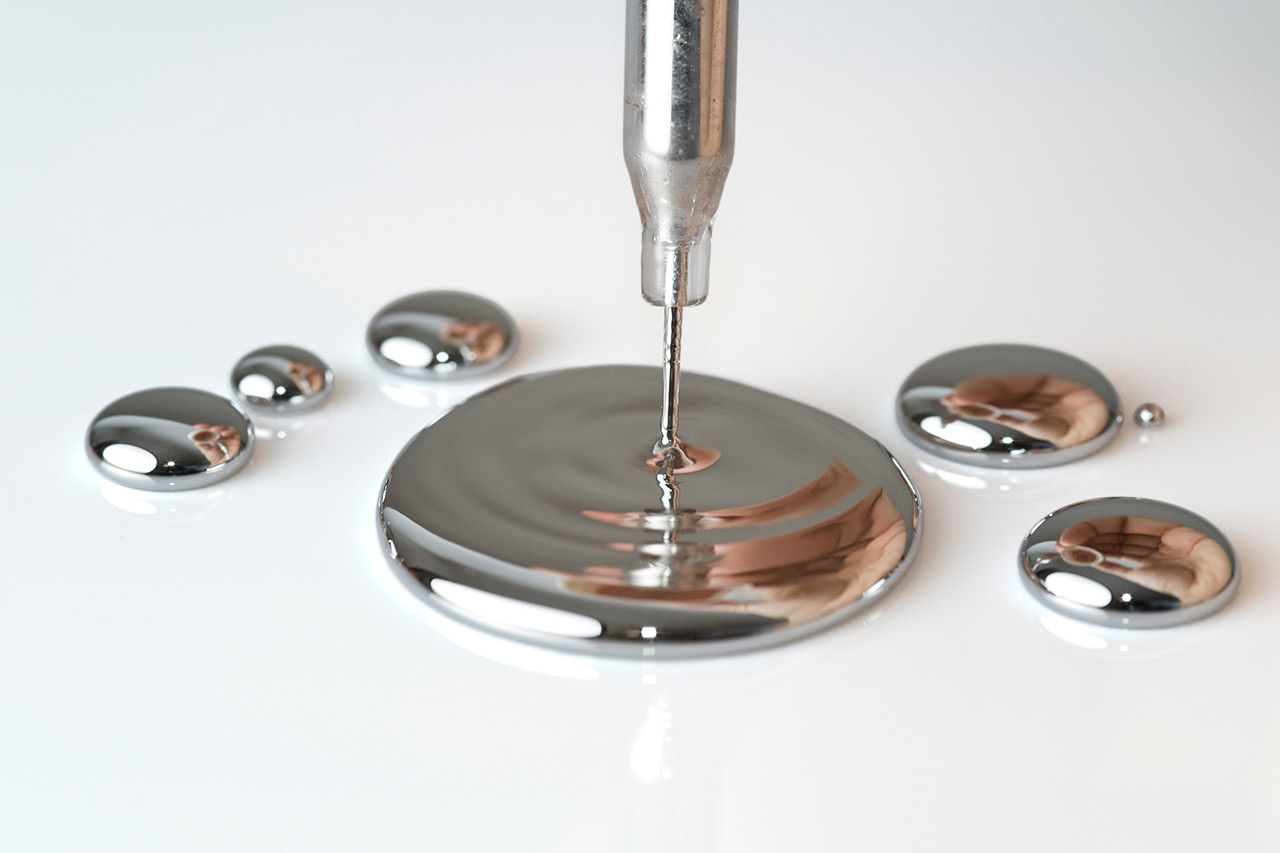The end of mercury pollution in Europe?

Until lately, mercury could be found in several products of our daily life or was used for their production: thermometers, button cells, compact fluorescent bulbs, dental fillings, PVC plastics, hydrochloric acid and caustic soda..Toxic, particularly in its methylated form, it can affectwith accumulation in the body, the cerebral, renal and endocrine systems.. Since it is highly volatile, it pollutes the atmosphere and, when washed away by rain, is\t seeps into surface water and sediments, contaminating the food chain affecting predatory fish. What are the regulations concerning the use of mercury in industry and how to limit mercury pollution?
With the adoption of the recommendations of the Minamata Convention, the use of mercury is more and more limited in Europe
To address this health and environmental challenge, the European Union signed a regulation at the end of 2017 following the recommendations of the Minamata Convention (see insert). This new regulation provides for the gradual phase-out of almost all uses of mercury in products or industrial processes by 2030. Only a few regulated uses remain possible for specific measuring instruments such as porosimeters or dental amalgams. These regulations, as well as the Basel Convention on hazardous waste, also regulate the treatment of mercury waste and the management of its end of life.
However, this does not mean that this is the end of mercury pollution in Europe
To sustainably reduce the risks of exposure, future European regulations must not only reduce atmospheric emissions, but also take into account the case of soil pollution
Although most of the industrial sites that used mercury in Europe have been dismantled or converted and the waste from these operations has been treated, EU Member States and industry still need to organize the end-of-life management of mercury-containing products until stocks are depleted. Many products still do not reach the specialized waste collection channels that allow the separation of mercury and its safe immobilization. In 2018, nearly 620 kg of mercury were still being released into the environment by the waste treatment sector (E-PRTR 2018 data).
However, these waste streams represent only 3% of the 20.7 tons released into the environment in 2018 by the Member States. Indeed, despite the ban on the deliberate use of mercury compounds, it remains naturally present in fossil resources and in some non-ferrous metal minerals. As a result, thermal power plants, particularly coal-fired, released 9.5 tons of mercury to the air in 2018, i.e. almost half of total emissions. The second largest emitters were the cement industry and the metallurgical industry, responsible for 22% and 46% of emissions respectively.
These emissions are expected to decrease gradually as regulations governing industrial emissions become more stringent. They have already been reduced from all sources by more than 70% between 1990 and 2016. The European Commission estimated that by 2021, emissions from energy production should fall below 9 tons per year. This trend is expected to increase as coal-fired power plants are gradually being replaced by non-fossil-based energy sources.
Despite the ban on its use, mercury air pollution remains a major health issue in Europe. To sustainably reduce the risks of exposure, future European regulations must not only reduce atmospheric emissions, but also take into account the case of soil pollution, which is not covered yet by the Minamata Convention or by common European regulations. Faced with these changes, the manufacturers will have to continue to adapt their processes and take these new rules into account when dismantling their plants. Alcimed is here to help you anticipate and prepare for these changes!
About the author
Arielle, Project manager in Alcimed’s Energy, Environment & Mobility team in France
Do you have an exploration project?
Our explorers are ready to discuss it with you